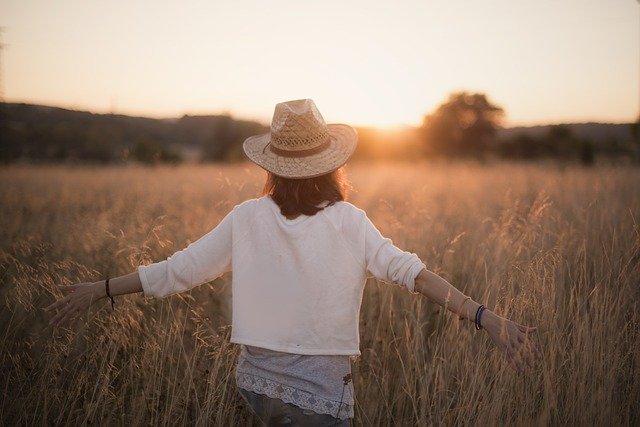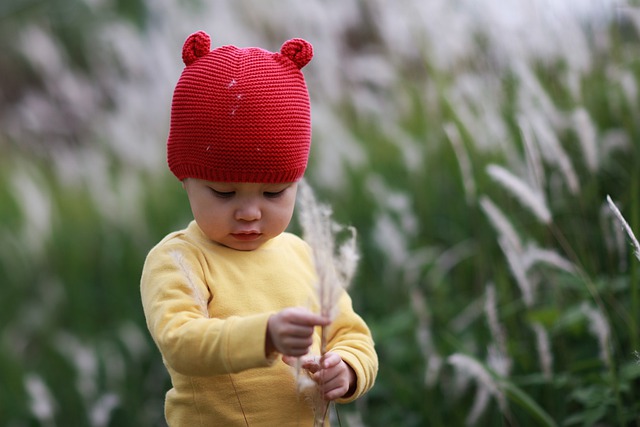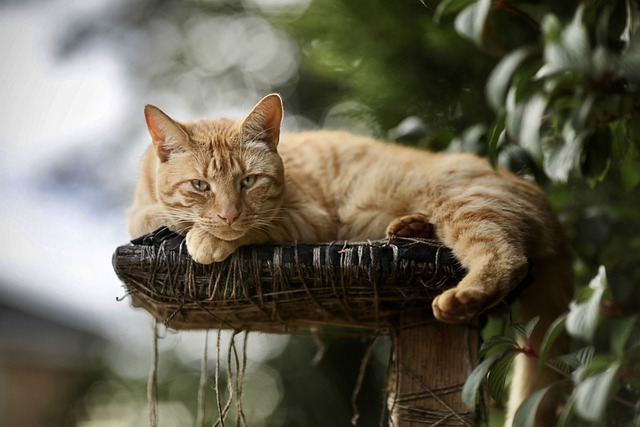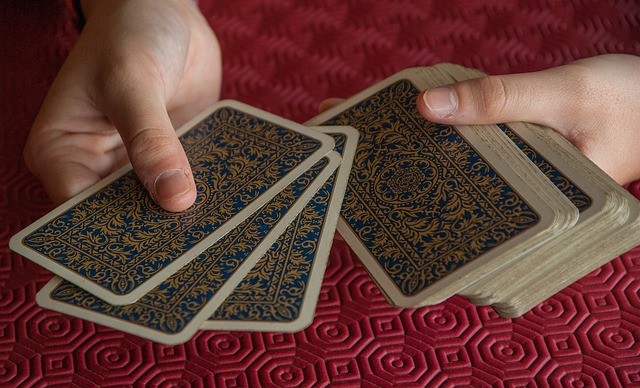In her book The Choice: A True Story of Hope, Dr. Edith Eger tracks her journey from imprisonment in Auschwitz, to her physical liberation and, finally, her personal freedom from the imprisonment of her “inner landscape”. She had been transported to Auschwitz by cattle train with her parents and sister and had experienced unbelievable maltreatment through torture and starvation following the murder of her parents in the gas chamber the day after they arrived at the concentration camp.
Edith contends, in concert with her mentor and friend Viktor Frankl, that “our worst experiences can be our best teachers”. In her later book, The Gift: 12 Lessons to Save Your Life, she has detailed practical steps to overcome the mental imprisonment that can occur through grief, anger, guilt, shame and other difficult emotions and experiences. Edith does not sugar-coat the reality of daily life. She maintains that traumatic events, setbacks, disappointments, illness and the resultant suffering are part and parcel of the human condition with its uncertainty, ambiguity and challenges. In alignment with Gabor Maté, she argues that it is not what happens to us in life that determines our mental health, but how we relate to these experiences and their impacts – and this is a matter of conscious choice.
Choosing freedom over victimhood
One of the 12 lessons Edith writes about in her book The Gift is freedom from “the prison of victimhood”. She asserts that playing the victim rewards us by enabling us to blame others for our situation and avoid responsibility for our own response to our adverse experience. This is in line with Judson Brewer’s concept of the habit loop (trigger-reward-behaviour) that provides reinforcement for habituated behaviour such as addiction and cravings. In the victimhood context, the trigger can be any recollection or trauma stimulus event; the reward is avoidance of responsibility (not having to do anything different); and the behaviour can find expression in depression, anxiety addiction, or any number of self-destructive behaviours.
Edith maintains that a sign of victimhood is continuously asking, “Why me?”. In contrast, the road to personal freedom requires the question, “What now?” – given what has happened what do I need to do to survive and what do I want to achieve in the future. This goal-directed response builds hope and energy to move forward. The alternative is to wallow in the continuous self-story of “poor me!”. Edith who has extensive experience as a clinical psychologist and trauma counsellor provides many accounts in her book of people, including herself, who have been able to make the choice to exchange victimhood for energetic hope and achievement.
Edith reinforces the view that the pursuit of inner freedom is a lifetime task and she commented that even as she wrote her book, The Gift, she still experienced “flashbacks and nightmares”. She told Gabor that his Holocaust experience would always be with him because of the embodiment of trauma. They both agree from their own personal experience, their work as clinical psychologists and trauma counsellors and their underpinning research, that what is required to find freedom is inner work.
Edith also contends that the pursuit of inner freedom is a never-ending process of finding your “true self”. It is a journey of self-discovery – of unearthing our inner resources, enlisting our creativity and clarifying our purpose in life. It ultimately involves identifying the ways we can make a contribution to the welfare and wellness of others. Edith found her path in her writing, her counselling work helping others who have experienced adverse childhood experiences and trauma and public speaking such as her TED talk, The Journey of Grieving, Feeling and Healing. In her book, she also describes the journey to freedom from victimhood of her eldest daughter who experienced brain injury as a result of a serious fall. Edith points out that her daughter, at one stage, actually challenged her for treating her daughter as a victim. As Edith comments, we can assign a victim role to other people as well as ourselves, thus locking in a negative and disabling self-belief.
Reflection
I am confident that we can each identify a period in our lives, even the present day, when we felt like, and talked like, a victim. Very few people have lived their lives free of adverse childhood experiences or other traumas – whether they involve a relationship breakup, hurtful divorce, death of a loved one, serious injury and disablement or diagnosed life-threatening chronic illness.
As we grow in mindfulness, we can explore our inner landscape, grow in self-awareness, identify our negative self-talk, and develop the insight and courage to pursue our personal freedom and our life purpose.
________________________________
Image by Petya Georgieva from Pixabay
By Ron Passfield – Copyright (Creative Commons license, Attribution–Non Commercial–No Derivatives)
Disclosure: If you purchase a product through this site, I may earn a commission which will help to pay for the site, the associated Meetup group, and the resources to support the blog.









